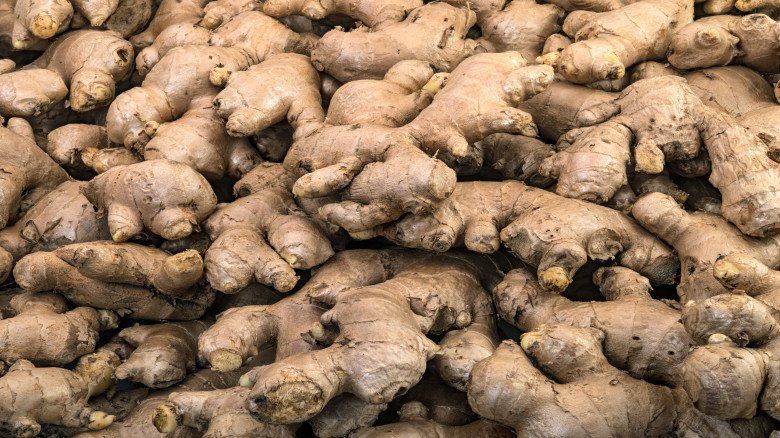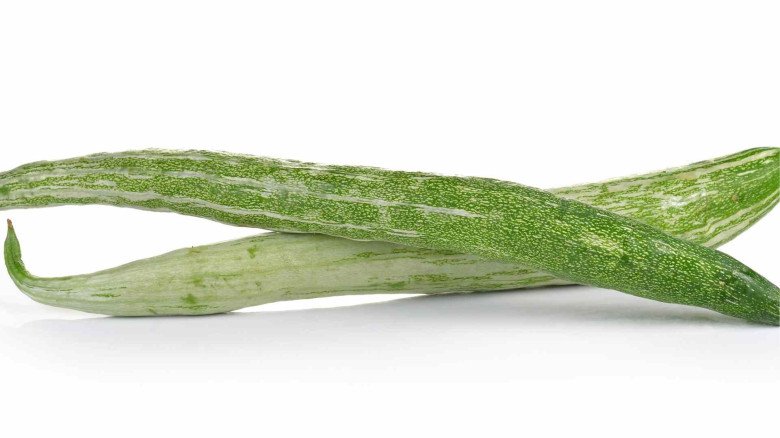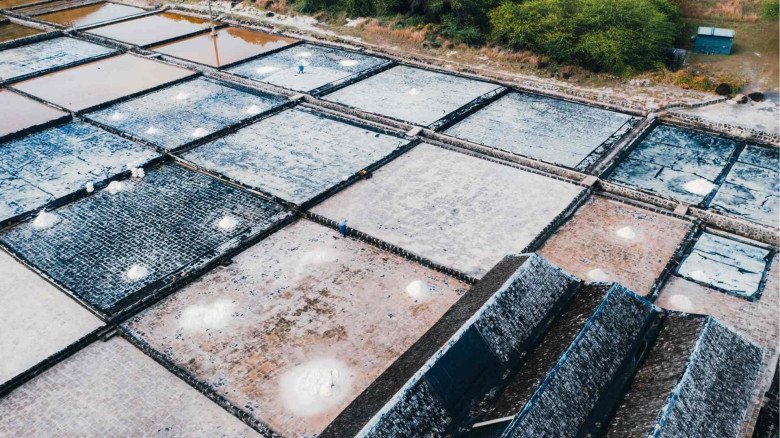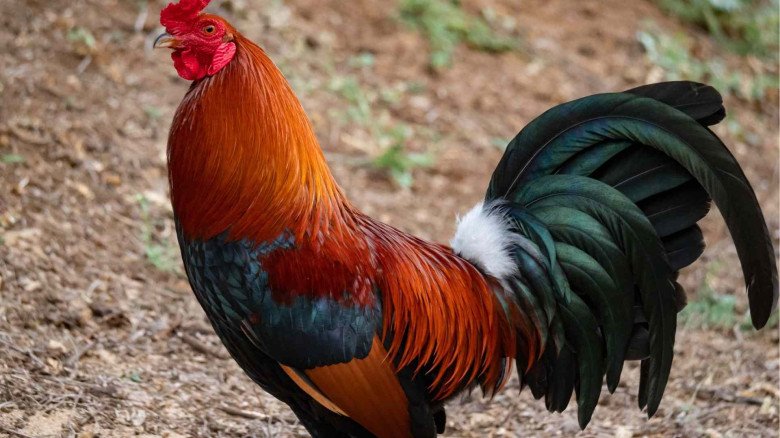India’s Farming Landscape | Merging Tradition with Modern Agricultural Practices
Overview
Indian culture has traditionally been based on agriculture. From the Vedic Saraswati culture to the present day, farmers have loved their relationship with Mother Nature and farmed this fertile land. India is a place of wisdom and plenty, so this should come as no surprise.
India has been farming for over a century, and it currently contributes the most to the country's GDP. 58% of Indians are farmers, and agriculture continues to be the major driver of the nation's GDP. It implies that a large portion of India is still free from the senselessness of consumerism. The Indian government intends to boost agricultural exports by more than $60 billion by 2022 in accordance with its Agriculture Export Policy. This implies that India's agricultural output will double. India's farmer population makes up 58% of the nation's total population. For this demographic fraction, agriculture is the main source of income.
The goal of the Indian food sector is to expand rapidly as well. Food processing accounts for more than 32% of the food sector in India, which now ranks sixth in the world. Thus, it is clear that both traditional and commercial agriculture contribute to India's richness.
Methods of Agriculture Used by Indian Farmers
In India, farming is the oldest occupation and has traditionally provided the majority of a farmer's income. India's farming practices have evolved over time as a result of technological advancements that have made farming easier. Climate, sociocultural customs, and other factors have also influenced Indian farming's inventiveness. In India nowadays, farming is done using both contemporary and traditional ways.
Let's examine a few of India's traditional and contemporary farming methods.
Primitive farming is one of the oldest agricultural practices in India. It is carried out on tiny farms using tools like digging sticks and hoes. For the harvest, farmers rely on the fertility of the soil, the surrounding environment, and other elements like heat. Those that use the output for their own consumption typically adopt this strategy. Farmers that use this method, also known as "Slash and Burn" farming, burn the land after the crops are gathered.
Subsistence farming: Two types of crops are grown here: dry and wet. The crops are cultivated over wider and larger land areas. Paddy is a type of wet crop, while wheat, maize, and pulses are grown as dry crops. This approach necessitates the heavy application of chemical fertilizers and various irrigation techniques.
Commercial farming is a modern farming strategy where farmers employ a range of cutting-edge instruments to maximize their revenues. Because the crops are produced over wide areas of land, fertilizers and insecticides are also used. It makes up a sizable portion of the GDP of the nation. Orissan farmers continue to favor subsistence farming over large-scale commercial farming, while farmers in West Bengal, Punjab, Haryana, and Orissa use commercial agricultural practices.
Plantation farming - Another subcategory of commercial farming is plantation farming. Plantations cover large areas of land, thus technology and manpower are both used to make sure the process is sustainable. It encompasses industry and agriculture due to the kind of crops that are farmed.
Indian Modern Farming Techniques
In addition to the farming practices listed above, several parts of India employ diverse approaches. Many of these don't fit within India's traditional farming practices. This comprises:
The Aeroponics System
The method of growing plants in the air or a mist without the use of soil is called aeroponics. It is a branch of hydroponics that operates by suspending the plant root in the atmosphere. Farmers will have more control over how much water they consume if they employ this technique.
Using aquaponics
A closed-loop system, aquaponics primarily depends on the mutually beneficial link between aquaculture and agriculture for fertilization. This agricultural technique blends hydroponics with traditional aquaculture.
Growing in Hydroponics
The hydroponics technique requires no particular kind of soil, making it a less-dirt farming method. The method is using nutrients, such as nutrient-rich water solution, to grow healthy plants without the use of solid media. A subset of hydroculture is hydroponic farming, and the sources of the fertilizers employed in these systems vary.
One-culture
This farming strategy involves cultivating a single crop in a designated area. However, the monoculture farming method isn't very common in a place like India. Growing medicinal plants inside is classified as monoculture. To put it simply, monoculture is the modern agricultural practice of growing only one type of crop, or plant.
-logo.webp.png)
.jpg)
-logo.webp.png)

































Leave A Comment